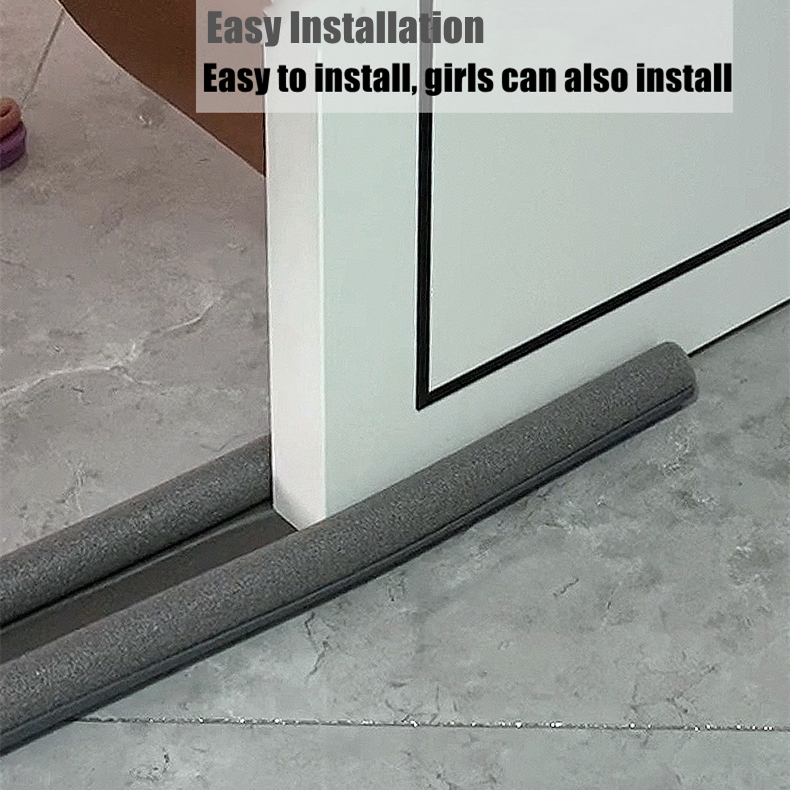stop air draft under door
Understanding the Importance of Stopping Air Drafts Under Doors
In many homes and buildings, one of the biggest culprits of energy loss is the air drafts that sneak in under doors. What might seem like a minor nuisance can actually have a significant impact on indoor comfort and energy efficiency. This article explores the importance of stopping air drafts under doors, the various methods to do so, and the long-term benefits of addressing this issue.
The Problem of Air Drafts
Air drafts occur when outside air enters a building through small gaps or openings, often found around doors and windows. These drafts can lead to uncomfortable temperature fluctuations, making it difficult to maintain a consistent indoor climate. In colder months, drafts can allow cold air to seep in, forcing heating systems to work overtime to keep up the warmth. Conversely, during hot weather, cool air from air conditioning units can escape, leading to inefficient cooling and higher energy bills.
Moreover, air drafts can contribute to decreased air quality. Dust, pollen, and other allergens can enter through these openings, affecting those with respiratory issues and allergies. It’s evident that while a little gap might seem insignificant, its effects can ripple throughout a living or working space.
Methods to Stop Air Drafts
Fortunately, there are multiple strategies to effectively seal those gaps and improve indoor environments
. Here are some commonly used methods1. Weatherstripping This is one of the most effective solutions for sealing drafts. Weatherstripping materials, which come in various forms—adhesive-backed foam, rubber, or even metal—can be applied to the sides and top of the door frame to create an airtight seal.
2. Door Sweeps A door sweep is a length of material (often made of nylon or rubber) attached to the bottom of a door. It seals the gap between the door and the floor, blocking drafts effectively. Installing a door sweep is generally an easy DIY task that yields significant benefits.
stop air draft under door

3. Thresholds Similar to door sweeps, thresholds can be placed at the bottom of doors to create a barrier against drafts. Like door sweeps, they can be adjusted for height to ensure a snug fit.
4. Use Draft Stoppers A simple solution to curb air drafts is to use fabric draft stoppers, which can be placed at the base of the door. While less permanent than other methods, these can be effective and are easy to use and move as needed.
5. Caulking and Sealants For larger gaps around door frames, caulking can serve as a durable solution. This involves applying a sealant along the cracks to block airflow, ensuring a tight fit.
Benefits of Stopping Air Drafts
Incorporating these solutions into your building strategy offers numerous advantages. First and foremost, it greatly enhances energy efficiency. By preventing the escape of conditioned air and the infiltration of outdoor air, energy costs can be significantly reduced. This not only benefits your wallet but also contributes to a more sustainable environment.
Improved comfort levels are another notable benefit. By stopping air drafts, you create a more consistent indoor temperature, leading to a more pleasant living or working environment. No one likes to sit next to a drafty door during the winter months!
Additionally, sealing air drafts can enhance indoor air quality by minimizing the entry of outdoor pollutants. This is particularly beneficial for individuals who suffer from allergies or asthma, as it can help create a healthier indoor atmosphere.
Conclusion
In summary, stopping air drafts under doors is a crucial step in creating a more energy-efficient, comfortable, and healthy indoor environment. By employing strategies such as weatherstripping, door sweeps, and thresholds, homeowners and building managers can significantly enhance their spaces. The initial efforts and investments of sealing those small gaps not only translate into immediate comfort but also translate into long-term energy savings and improved indoor air quality. Therefore, taking action against air drafts is not just a small fix—it's an important step toward maintaining a quality living space.
-
Under Door Draught Stopper: Essential ProtectionNewsJul.31,2025
-
Garage Door Seal and Weatherstrips for ProtectionNewsJul.31,2025
-
Edge Banding Tape for Perfect EdgesNewsJul.31,2025
-
Table Corner Guards and Wall Corner ProtectorsNewsJul.31,2025
-
Stair Nose Edging Trim and Tile Stair SolutionsNewsJul.31,2025
-
Truck Bed Rubber Mats for Pickup BedsNewsJul.31,2025
-
Window Weather Stripping for Noise ReductionNewsJul.29,2025